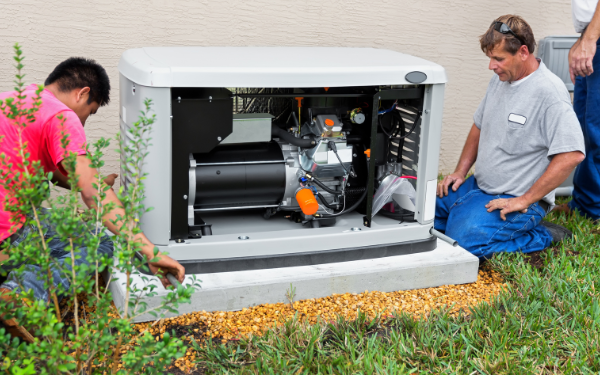Prepare a business continuity plan
- Verify all employee, supplier and vendor contact information is correct and up-to-date so you can communicate next steps for resuming normal business operations in the event of a hurricane. Use the downtime before the storm hits to update your supplier and vendor contact information, as well as other important contacts, such as your bank or insurance companies.
- Determine which members of your staff will need to carry out hurricane preparations and who you can reasonably expect to be available.
- Develop a simple written plan that incorporates a set of specific hurricane task assignments for your staff. Include who to notify and what measures to take to preserve life and limit property losses.
- Establish communication procedures to account for employees and disseminate information. Decide on a communications strategy to clients.
- Ensure that employees who are on site during a hurricane have potable water, nonperishable food, first aid kits, phones, radios, flashlights and other supplies.
- Identify an alternative site for business operations should your facility be unavailable following the hurricane. Contact the recovery location provider before the season starts so that you can review plans and ensure that your requirements are still being met.
Essential equipment for your business
- Obtain several battery-operated radios and spare batteries to ensure you can receive emergency information. Have at least one radio on site that can receive NOAA weather radio frequencies.
- Procure sufficient flashlights and other battery-powered lights to allow essential work to be conducted in the event of power outage. Ensure a good supply of fresh batteries are on hand throughout the hurricane season.
- Compile your disaster supply kit and have it on hand and ready for emergencies.
- If you do not have storm shutters, ensure you have the necessary tools to board up windows and brace doors. Sliding glass doors, large picture windows, skylights, French doors, inward-opening double doors, and garage doors are particularly vulnerable. Tools including a circular or hand saw, a drill with appropriate bits, a hammer or nail gun, a hand or power-driven screwdriver, and a wrench may be needed. Nails will be sufficient on wood-framed windows and doors but screws or bolts and washers are necessary for metal-framed windows and doors.
- Have an ample supply of brooms, squeegees, mops, and absorbents to remove water.
- A small emergency generator may be useful. The power may go out before a hurricane comes ashore and may be out for an extended period. An emergency generator will allow you to maintain lighting, recharge battery-powered equipment, and power pumps and tools which may be needed for expedient repairs after the hurricane passes.
Facility preparation
- Know the vulnerability of your business. Geographical information and infrastructure knowledge of your location will be of great benefit.
- Review your list of major equipment and furnishings to determine which items need to be protected or removed and how you plan to do it.
- Review plan for mitigating property damage before the hurricane hits and for recovery post storm.
- Ensure storm monitoring systems are operating efficiently to enable sufficient time for an organized shutdown if needed.
- Identify security resources, such as fencing, barriers, plywood, security personnel and additional manpower, that may be needed.
Work with your advisor to understand your coverage & prepare for claims
- Review your policies with your insurance advisor to ensure you understand the amount you will receive in the event of a covered loss.
- Review policy deductibles, special provisions and loss-reporting provisions (especially important on National Flood policies).
- Determine if flood is a covered peril or is excluded.
- Know how the building property is valued under the policy.
- Examine business interruption/time element coverage details.
- Include your insurance company’s toll-free claims number and insurance broker’s name in your emergency kit. Meet with insurers to set claim management protocols. Determine who will represent them at your organization during the claims adjustment process.
- Review and update procedures and responsibilities for gathering and processing claims information. This should include a list of outside resources needed for recovery.
- Determine if all asset values are current for potential claims, including property damage or business interruption.
For more information
We’re ready to help when you are. Get in touch and one of our experienced Baldwin advisors will reach out to have a conversation about your business or individual needs and goals, then make a plan to map your path to the possible.
This document is intended for general information purposes only and should not be construed as advice or opinions on any specific facts or circumstances. The content of this document is made available on an “as is” basis, without warranty of any kind. The Baldwin Insurance Group Holdings, LLC (“The Baldwin Group”), its affiliates, and subsidiaries do not guarantee that this information is, or can be relied on for, compliance with any law or regulation, assurance against preventable losses, or freedom from legal liability. This publication is not intended to be legal, underwriting, or any other type of professional advice. The Baldwin Group does not guarantee any particular outcome and makes no commitment to update any information herein or remove any items that are no longer accurate or complete. Furthermore, The Baldwin Group does not assume any liability to any person or organization for loss or damage caused by or resulting from any reliance placed on that content. Persons requiring advice should always consult an independent adviser.






